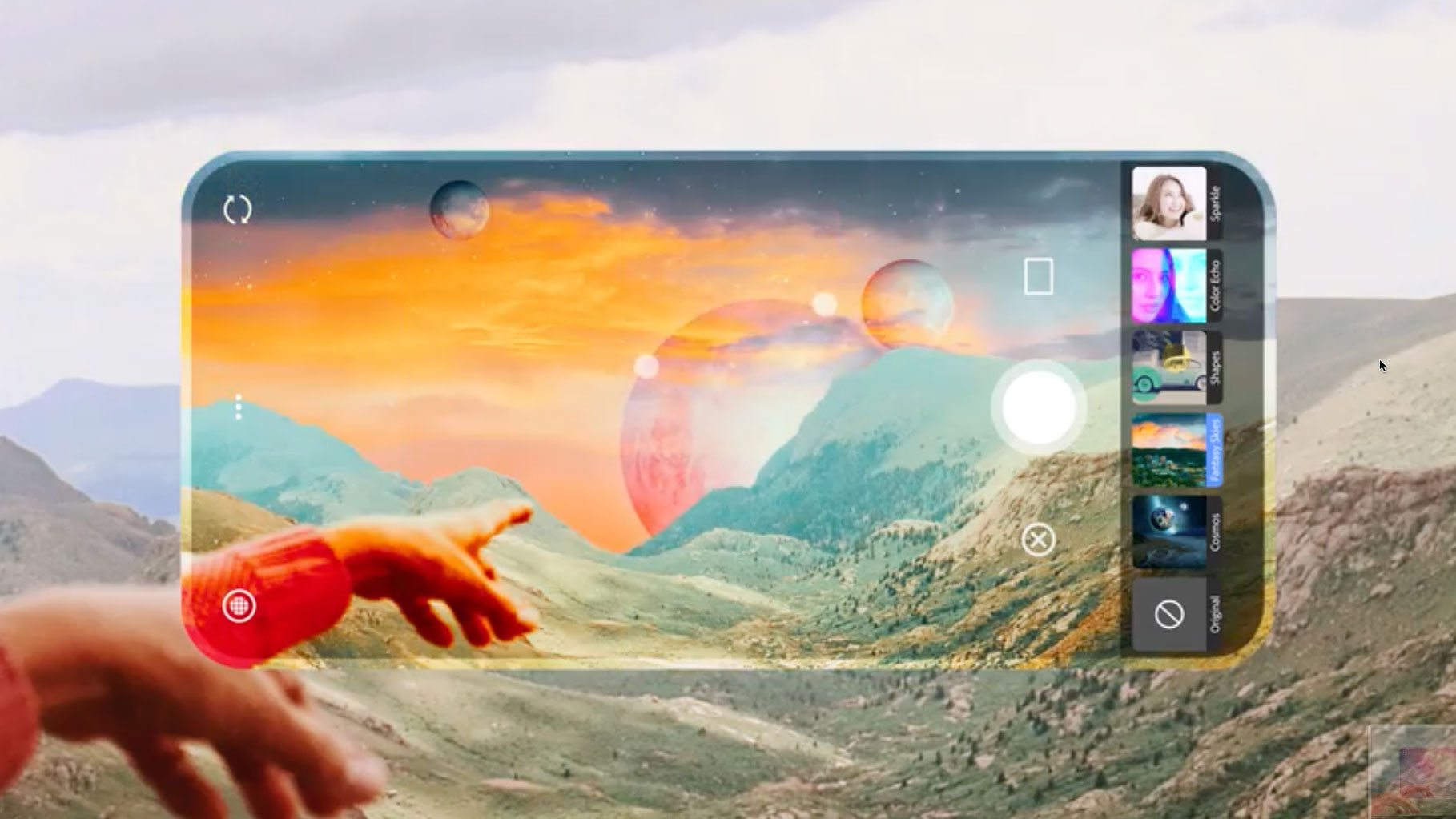AI in photography is transforming how we capture and interpret visual narratives, notably in realms like photojournalism technology and digital archiving photography. This innovative technology promises not only to enhance photographic creativity but also to address pressing challenges in preserving the authenticity and integrity of visual culture. As the impact of AI on photography unfolds, questions arise regarding AI photo preservation and how it can safeguard critical archives from distortion in the age of misinformation. Furthermore, the debate surrounding authenticity in AI images highlights the need for ethical frameworks that respect original creators’ rights while leveraging artificial intelligence for impressive advancements. By harnessing AI responsibly, we can illuminate historically significant works that deserve attention before they fade into obscurity.
The integration of artificial intelligence into the field of photography marks a significant shift in the way images are created and cataloged. Terms such as machine learning and computer vision are now part of the discourse around capturing and archiving significant historical moments. This blend of technology and artistry not only improves our understanding of digital archiving but also presents creative solutions for preserving our visual heritage against the backdrop of an ever-evolving digital landscape. As AI continues to evolve, it sparks a crucial conversation about image authenticity and the implications of generative tools on traditional photography practices. Embracing this technology offers exciting possibilities while prompting essential inquiries about the future of visual storytelling.
The Role of AI in Photojournalism
Artificial intelligence is reshaping the landscape of photojournalism by providing tools that can enhance storytelling and preserve important historical records. AI-driven technologies are capable of analyzing vast archives of images, helping journalists to categorize and retrieve photos efficiently. This capability is essential as many iconic images and their contexts remain hidden within extensive journals and archives. The challenge lies not only in harnessing these technologies but also in understanding their implications on authenticity and authorship in photography.
As AI progresses in this domain, its impact on photojournalism becomes increasingly significant. While some in the community express concerns about the potential for misinformation and copyright issues, others see a chance for renewed creativity and organizational support. By applying AI to archiving processes, photojournalists can gain insights into their work’s historical context, potentially elevating important narratives and maintaining the integrity of visual history.
Frequently Asked Questions
What is the impact of AI on photography, especially in photojournalism?
The impact of AI on photography, particularly in photojournalism, is multifaceted. AI technologies can enhance the efficiency of image processing, aid in the cataloging of vast archives, and preserve important historical records. However, concerns about misinformation and the authenticity of AI-generated images remain significant. Photojournalists are exploring how AI can be used to safeguard their legacy while navigating potential risks like copyright infringement.
How can AI assist in photo preservation within digital archiving photography?
AI can play a crucial role in digital archiving photography by automating the organization and cataloging of extensive photo collections. This technology can rapidly analyze images, extracting metadata and contextual information that makes archives more accessible. Additionally, AI aids in identifying and preserving the emotional and historical significance of images, ensuring that valuable visual records are not lost despite evolving technology.
What are the ethical implications of AI in preserving photojournalism technology?
The ethical implications of AI in preserving photojournalism technology revolve around issues of authenticity, ownership, and consent. While AI can enhance preservation efforts, it raises concerns about unauthorized use of images for training models and the potential misuse of AI-generated content. Ensuring that photojournalists maintain rights to their work and that AI is used to respect the integrity of visual storytelling is essential.
How does AI technology influence authenticity in AI images compared to traditional photography?
AI technology can generate photorealistic images that sometimes blur the lines of authenticity compared to traditional photography. While AI-generated visuals may be visually convincing, they lack the narrative authenticity and context provided by human photographers. The challenge lies in maintaining trust in visual content and distinguishing between images created by AI and those captured through traditional means.
Can AI help enhance the storytelling aspect of photojournalism through digital archives?
Yes, AI has the potential to enhance storytelling in photojournalism by analyzing and interpreting the narratives behind images stored in digital archives. By extracting emotional contexts and detailed metadata, AI tools can create more immersive and engaging presentations of photo collections, providing a deeper understanding of the historical significance and human experiences captured in these images.
| Key Points | Details |
|---|---|
| Introduction of AI in Photography | AI presents both challenges and opportunities in photography, especially in photojournalism. |
| Kira Pollack’s Perspective | Pollack sees AI as a potential tool for preserving photojournalism archives and enhancing visual storytelling. |
| Challenges in Photojournalism | Archiving photos is critical as 95% of photojournalistic images remain unpublished, risking loss of historical context. |
| AI Capabilities | Experiments show AI can analyze complex images and extract nuanced insights, proving its potential in understanding conflict photography. |
| Concerns with AI Use | Issues surrounding copyright and trust in authenticity require careful consideration when using AI in photography. |
| Future Aspirations | Pollack aims to engage with technologists and ethicists to ensure AI supports the core values of truth and authorship in photography. |
Summary
AI in Photography has opened up new avenues for preserving and enhancing the art of photography, particularly in the realm of photojournalism. As technology evolves, the potential for AI to assist in archiving and interpreting photographic history has become apparent. While there are significant challenges, such as concerns about authenticity and copyright, the proactive engagement with AI can help safeguard the integrity of visual storytelling. By understanding and leveraging AI’s capabilities, as explored by professionals like Kira Pollack, the photography community can navigate these changes effectively and use technology to uphold the essential values of the field.
